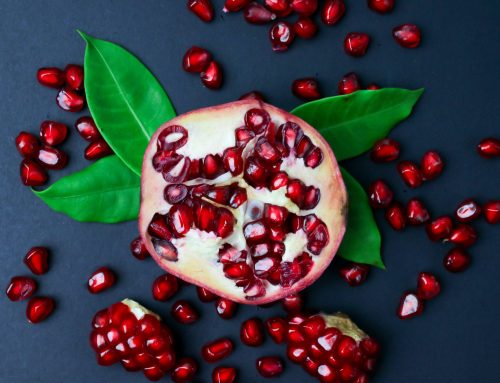Insulin is a hormone that helps our bodies control their levels of blood sugar, which is essential in our daily functions. Insulin is created in our pancreas, where it then helps sugar move from your blood into your cells to be stored. If your cells become resistant to insulin, it can lead to high blood sugar levels.
High blood sugar triggers our pancreas to create more insulin. Over time, this series of reactions can reduce the insulin-producing cells in our pancreas. A common result of this is Type 2 Diabetes. Prolonged high blood sugar can also lead to damage in our nerves and organs.
What are the risk factors for insulin resistance?
The primary risk factor is genetics. If you have a family history of prediabetes or type 2 diabetes, you’re most at risk for insulin resistance.
The risk is also higher in people who are overweight or have obesity.
How can we improve our body’s ability to sense insulin?
Insulin sensitivity means your cells are responsive to insulin. Improving your body’s insulin sensitivity can help reduce its resistance, and reduce the risk of many diseases such as diabetes.
Here are 5 natural methods for improving your insulin sensitivity.
1. Get a better night’s sleep
A lack of quality, uninterrupted sleep can harm our health in many ways—including increasing insulin resistance. Practice healthy sleep hygiene by incorporating a consistent nighttime routine, avoiding full-spectrum lights before bed, cutting back on caffeine, and creating a quiet and calm environment for sleep, healthful sleep.
2. Find a regular exercise routine
Movement and activity help our bodies move sugar into the muscles, where they can be stored. This promotes an immediate increase in insulin sensitivity.
The key to using exercise to improve insulin sensitivity is to make it a habit. Find a workout you like, such as cycling, weight training, or pilates, and make sure you do it regularly. Both aerobic and resistance training have been shown to have positive impacts on our insulin sensitivity, so go with either one or combine them to get the most bang for your buck.
3. Eat the right fiber, and eat it often
Did you know there are 2 kinds of fiber in our food? Soluble and insoluble fiber.
Soluble fiber is the key to improving insulin sensitivity. Soluble fiber helps lower our cholesterol and reduce our appetite, as well as increasing our sensitivity to insulin. Soluble fibers help feed the good and friendly bacteria in our gut.
Get soluble fiber in our regular diet through foods like legumes, oatmeal, flaxseeds, and produce like Brussels sprouts or oranges.
4. Cut back on processed carbs and added sugar
We know, we know—this is easier said than done.
But processed carbs and added sugars have both been shown to lead to higher levels of blood sugar, caused by more insulin resistance.
High-carb diets tend to stimulate and spike our blood sugar, which puts undue pressure on the pancreas. Similarly, added sugars (such as high-fructose corn syrup or table sugars) in high regular doses can increase insulin resistance.
Try to eat fewer carbs and sugars throughout the day. When you do consume carbs, make sure y our carbs are natural and low-glycemic index carbs like sweet potatoes, brown rice, quinoa, or vegetables. When you’re craving sugar, find it naturally in sweet whole foods like fruits or vegetables.
5. Enjoy some green tea or matcha
Studies have shown that drinking green tea or matcha can improve our insulin sensitivity and reduce blood sugar. This likely comes down to one of green tea’s main ingredients: the antioxidant epigallocatechin gallate (EGCG). EGCG helps stabilize blood sugar levels.
This positive effect can be achieved by drinking organic green tea, or its leaf form—commonly known as matcha.




